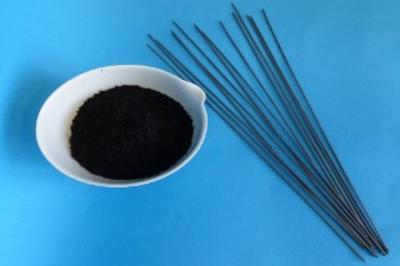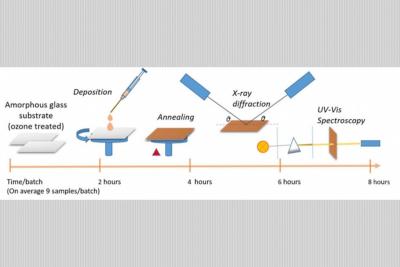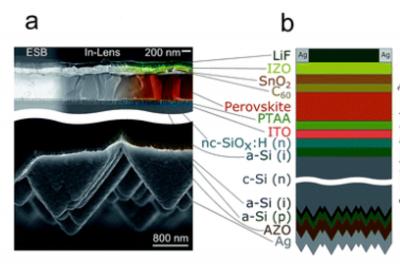Israeli-German researchers demonstrate continuous lasing action in devices made from perovskite materials
A collaborative study between Tel Aviv University (TAU) in Israel and Karlsruhe Institute of Technology (KIT) in Germany demonstrates remarkable continuous lasing action in devices made from perovskites.
"In contrast to previous studies around the world, this is the first study to exhibit continuous lasing action, as opposed to pulsed operation," says Prof. Jacob Scheuer of TAU's Department of Physical Electronics, who led the TAU team of researchers. "This family of materials is considered the most promising candidate for a future laser-based industry, because their fabrication is simple, fast and inexpensive compared to current semiconductor materials being used for these purposes. In addition, these materials can support the realization of solid-state lasers emitting in green, necessary for future lighting, displays and projectors," Prof. Scheuer adds. "Current semiconductor lasers emit light only in red and blue."





